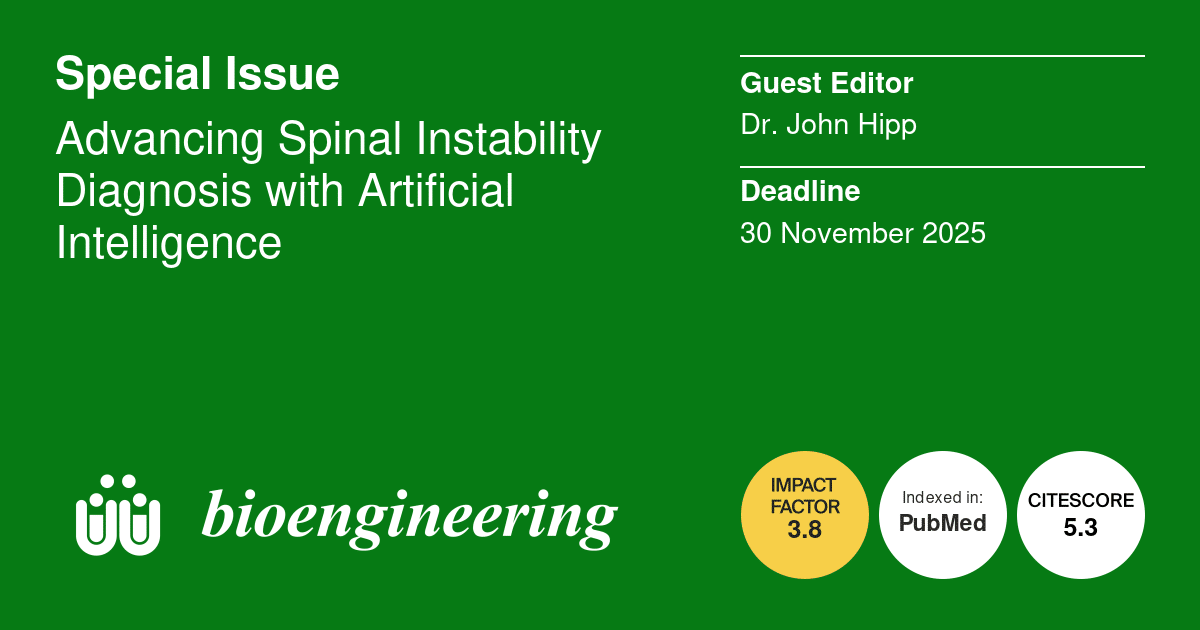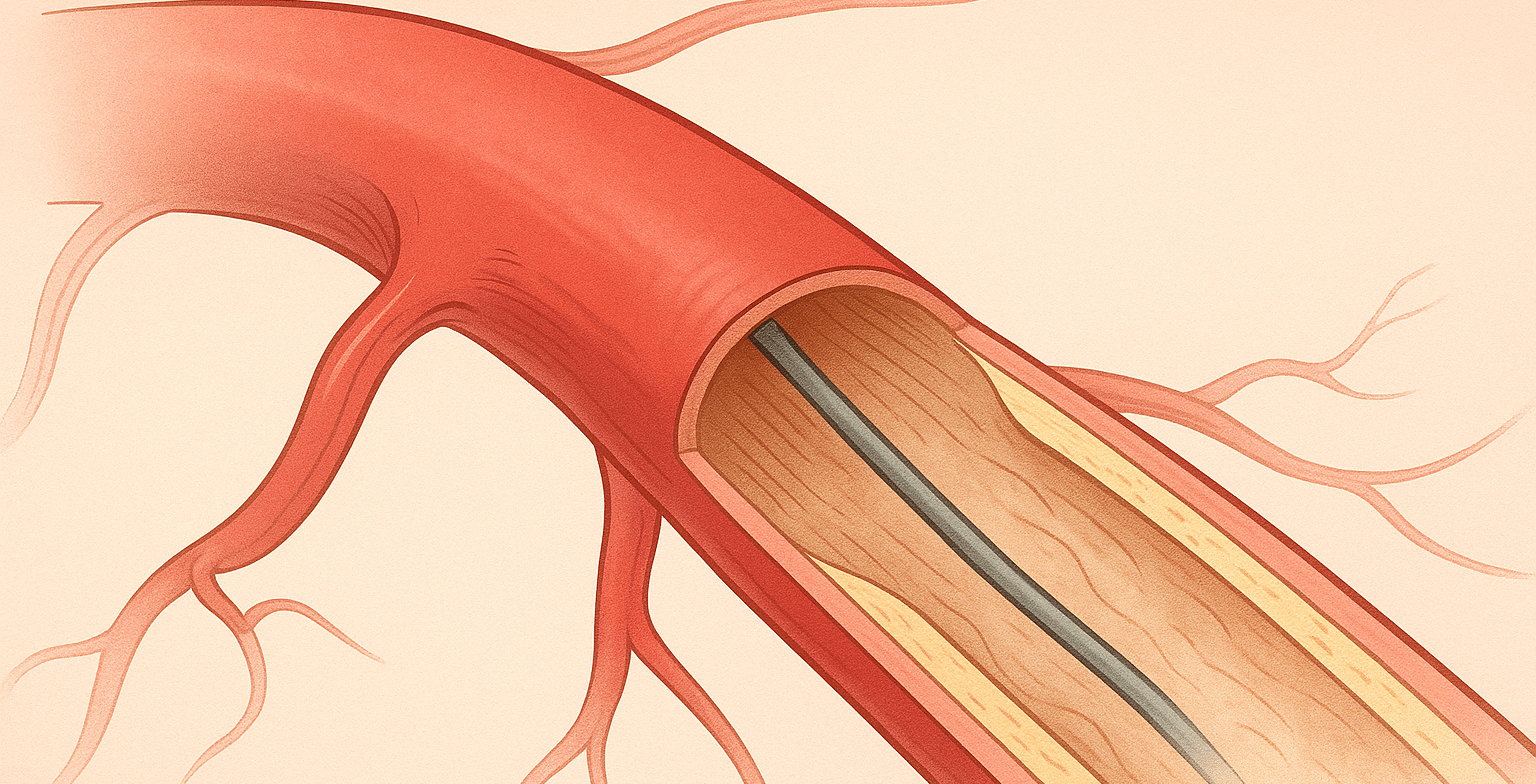The FDA recommends using imaging of the sinuses as a secondary efficacy endpoint for drugs being developed to treat chronic rhinosinusitis with nasal polyps (CRSwNP).
Key Highlights
- Chronic rhinosinusitis with nasal polyps (CRSwNP) involves inflammation of the sinuses and reduced quality of life
- FDA recommends imaging as a secondary efficacy endpoint in new drug trials to treat CRSwNP
Chronic rhinosinusitis (CRS) is a disease with substantial impacts on an individual’s quality of life. CRS is marked by inflammation of the nasal mucosa and paranasal sinuses, and can be subdivided into CRS with or without nasal polyps (NPs). NPs are associated with additional morbidities including decreased general health, ability perform daily activities, and sleep quality. Mild to moderate chronic rhinosinusitis with nasal polyps (CRSwNP) is treated with local corticosteroids and saline irrigation. The goal of new drug development is often to reduce the necessity for more drastic treatments such as systemic corticosteroids and surgery.
In their recently released draft guidance, the FDA recommends using imaging of the sinuses as a secondary efficacy endpoint for new drugs being developed to treat CRSwNP. The FDA does not recommend a specific imaging scoring system, instead suggesting that the choice of imaging score be discussed with the review division on a trial-by-trial basis. Common imaging assessments that may be employed include the Lund-Mackay score, a qualitative score based on the opacity of the sinuses, or quantitative volumetric analysis of sinus opacity.




